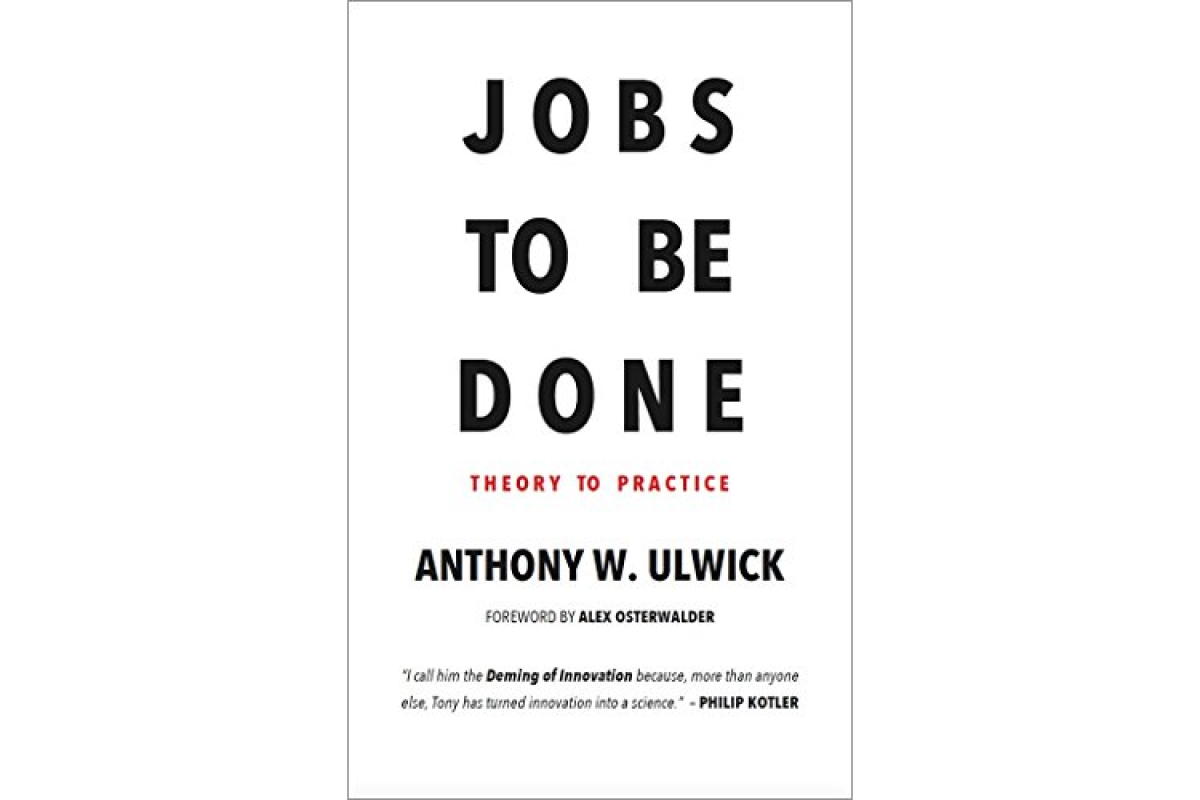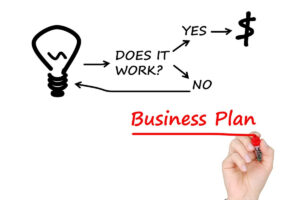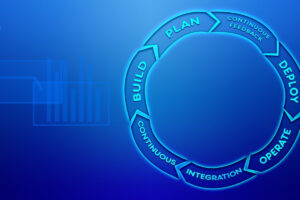The JTBD Framework (Jobs-to-be-Done) is a business theory that aims to help organizations understand what customers are trying to achieve or accomplish, rather than just what products or services they are buying.
By focusing on the job that customers are trying to do, businesses can create more meaningful products and services that meet their customers’ needs.
The Jobs-to-be-Done Framework was first introduced by Harvard Business School Professor Clayton Christensen in 1998. Since then, it has become a popular framework used by businesses of all sizes.
Understanding the JTBD Framework
The Jobs-to-be-Done Framework focuses on understanding the job that customers are trying to accomplish when they purchase a product or service. This job can be anything from fulfilling a basic need, like hunger, to achieving a specific goal, like getting in shape.
By understanding the job that customers are trying to do, businesses can create products and services that better meet their customers’ needs. This can lead to increased customer satisfaction and loyalty, as well as increased revenue and market share.
It’s important to understand that the job that customers are trying to accomplish is not the same as the solution that they are using to accomplish that job. For example, a customer may purchase a lawn mower to maintain their yard, but the job that they are trying to accomplish is to keep their yard looking nice.
How to Use the JTBD Framework
The first step in using the Jobs-to-be-Done Framework is to identify the jobs that your customers are trying to accomplish. This can be done through market research, customer interviews, and observation.
Once you have identified the job that customers are trying to accomplish, it’s important to define the scope of that job. This involves understanding the specific tasks and activities that customers are trying to complete as part of that job.
Finally, it’s important to evaluate the competition for the job. This involves understanding the different solutions that customers are using to accomplish the job and how your product or service fits into the competitive landscape.
Examples of JTBD Framework in Action
Apple iPod
One of the most famous examples of the Jobs-to-be-Done Framework in action is the Apple iPod. When Apple introduced the iPod in 2001, they didn’t focus on the technical specifications of the device. Instead, they focused on the job that customers were trying to accomplish, which was to carry their entire music library with them wherever they went. By focusing on this job, Apple was able to create a product that revolutionized the music industry.
Airbnb
Another great example of the Jobs-to-be-Done Framework in action is Airbnb. When Airbnb was first founded, they didn’t focus on competing with traditional hotels. Instead, they focused on the job that customers were trying to accomplish, which was to find affordable and unique accommodations while traveling. By focusing on this job, Airbnb was able to create a platform that disrupted the hospitality industry.
Southwest Airlines
Southwest Airlines is another great example of the Jobs-to-be-Done Framework in action. When Southwest was first founded, they didn’t focus on competing with other airlines on things like seating arrangements or meal service. Instead, they focused on the job that customers were trying to accomplish, which was to get from point A to point B quickly and affordably. By focusing on this job, Southwest was able to create a business model that disrupted the airline industry.
Common Mistakes When Using the JTBD Framework
Misunderstanding the job
One common mistake that businesses make when using the Jobs-to-be-Done Framework is misunderstanding the job that customers are trying to accomplish. This can happen when businesses focus too much on the solution that customers are using to accomplish the job, rather than the job itself.
Focusing too much on the solution
Another common mistake is focusing too much on the solution that customers are using to accomplish the job. This can lead businesses to create products or services that are too similar to what is already available, rather than creating something truly unique and innovative.
Not considering the emotional aspect of the job
Finally, it’s important to consider the emotional aspect of the job that customers are trying to accomplish. This can include things like how the customer feels while completing the job or how they feel after completing the job. By understanding the emotional aspect of the job, businesses can create products and services that truly resonate with their customers.
Conclusion
The Jobs-to-be-Done Framework is a powerful tool for understanding customer needs. By focusing on the job that customers are trying to accomplish, businesses can create products and services that better meet their customers’ needs.
Using the Jobs-to-be-Done Framework can lead to increased customer satisfaction and loyalty, as well as increased revenue and market share.
As customer needs continue to evolve, the Jobs-to-be-Done Framework will remain an important tool for businesses looking to create meaningful products and services that meet those needs.



